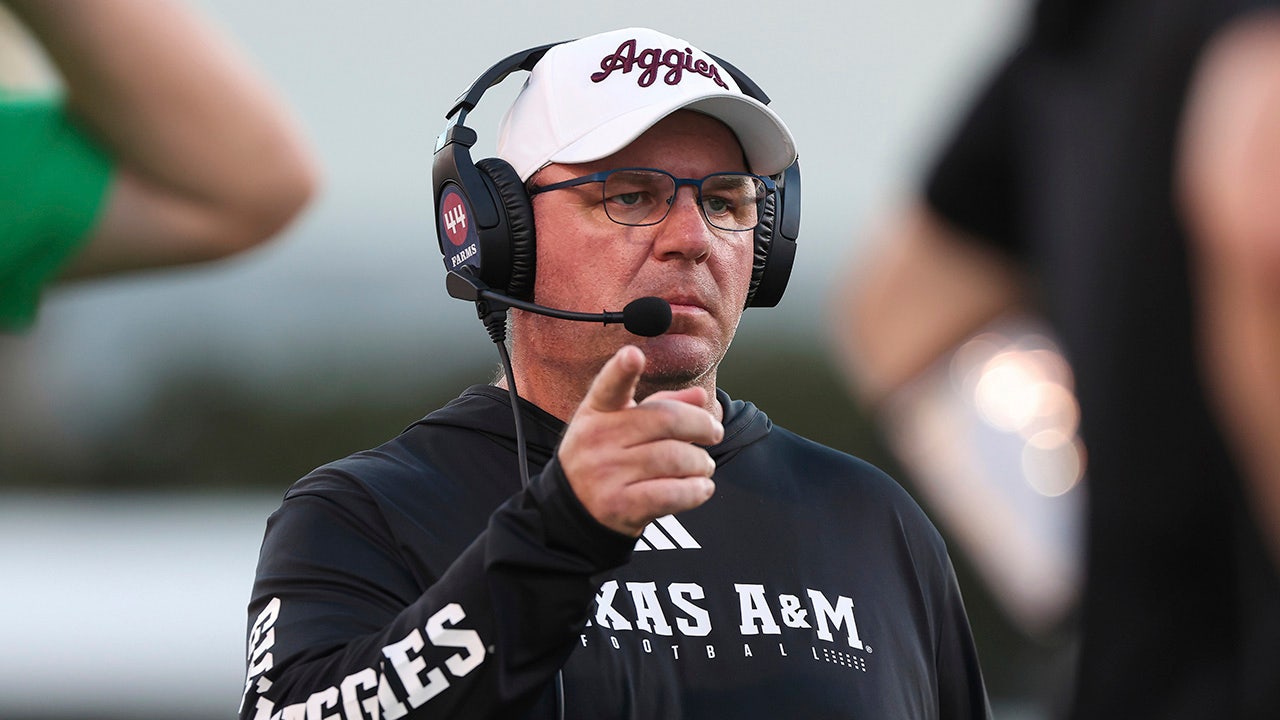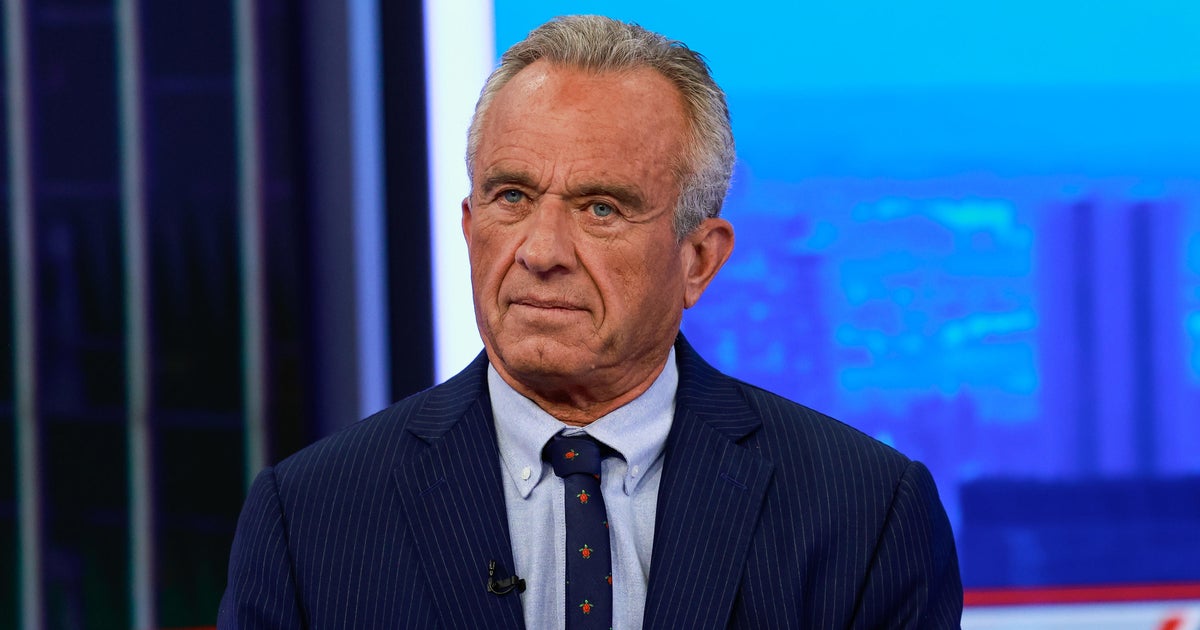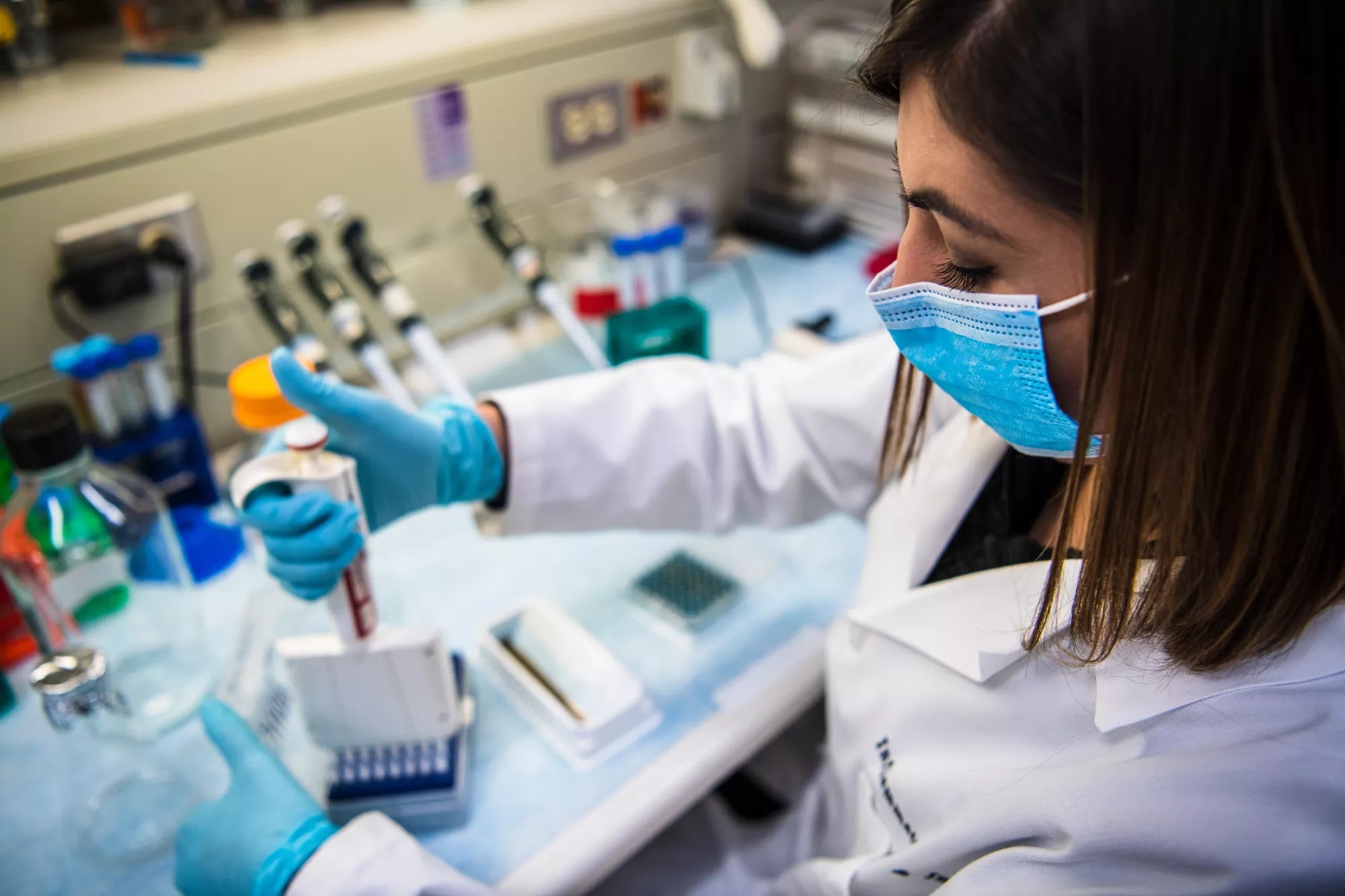Jessica Dueñas was leading a double life. Named Kentucky’s teacher of the year in 2019, she had also developed a heavy drinking problem.
“The day that I won my award, I was in withdrawals,“ she said. “I could not wait to go home so that I could drink.”
Doctors told Dueñas, now 37, she had developed alcoholic liver disease. She needed to stop drinking or she could die.
“I was realizing that it was genuinely changing my body, that’s when I started to get scared,” she said.
Alcoholic liver disease kills about 22,000 Americans every year, according to the Centers for Disease Control and Prevention. Nearly a quarter of those deaths are people in their 20s, 30s and 40s.
“Many of them don’t really have the insight into the fact that the alcohol is what brought them to the emergency room,” said Dr. Thomas Schiano, medical director of the adult liver transplant program at Mount Sinai Medical Center.
Schiano said he’s seen a dramatic increase in alcohol-related liver disease in young adults, particularly women, in the last three years.
“The stresses of the pandemic and of our life really has affected young people,” he said. “So I think it sneaks up on them and then it becomes too late.”
According to the CDC, heavy drinking for men is typically defined as consuming 15 drinks or more per week. For women, it’s eight or more.
Doctors advise those looking into cutting back to choose alcohol-free days, alternate with a non-alcoholic drink when they do consume and exercise instead of going to happy hour.
Dueñas, who says she has been sober for more than two years, now coaches others, creating a community of support.
“Just because we might not look like a textbook case doesn’t mean that our relationship with alcohol isn’t worth examining,” Dueñas said.















































